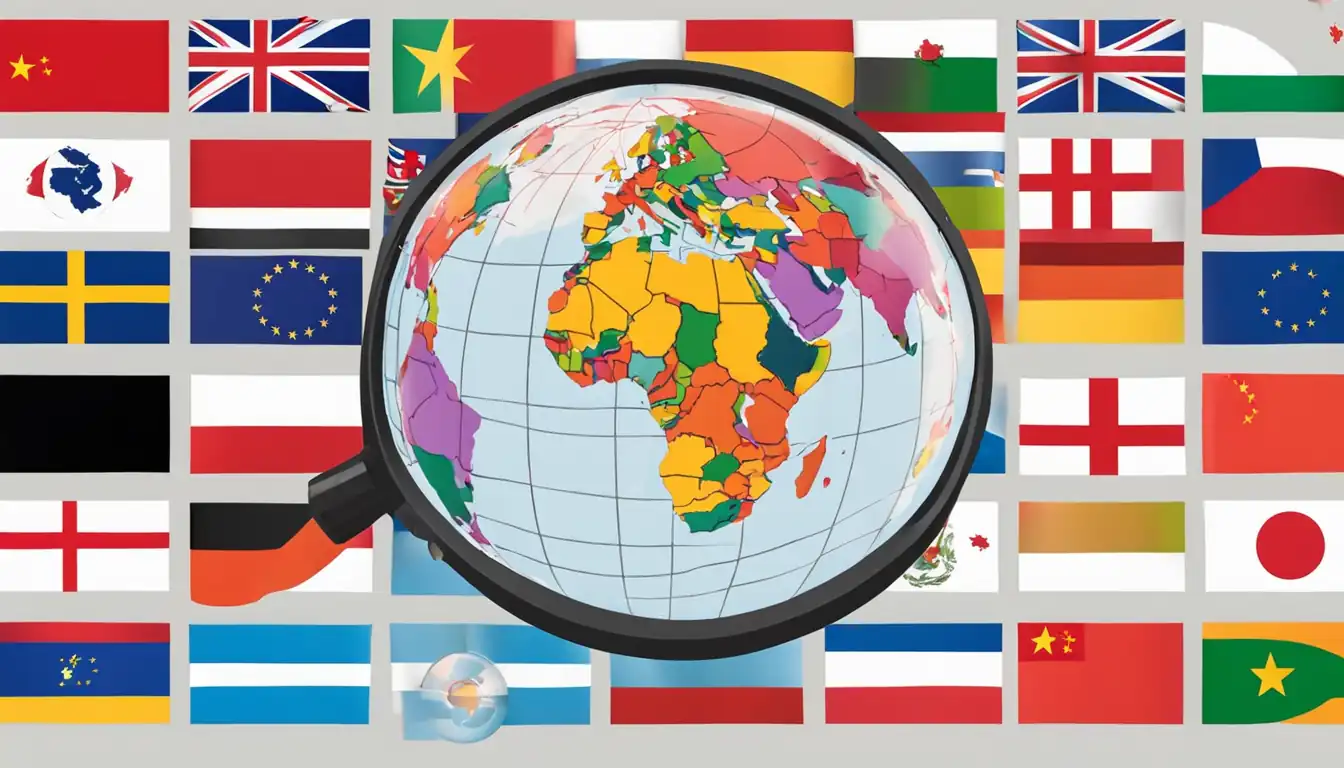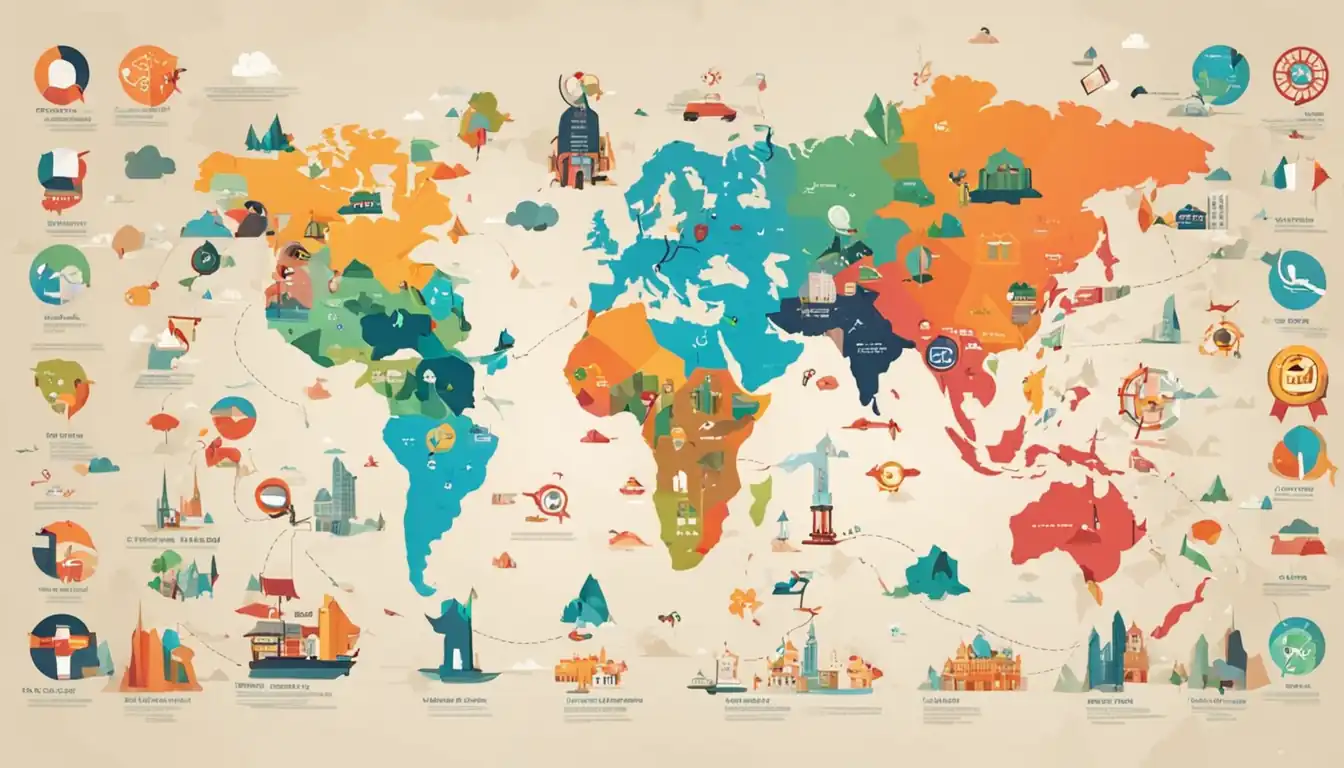Content Localization for SEO: Mastering Global Reach

When it comes to reaching a global audience with your content, mastering the art of content localization for SEO is key. In this post, we'll dive into what content localization is all about, why it's crucial for SEO success, and how you can effectively implement it to boost your online presence worldwide.
Understanding Content Localization
What is Content Localization?
Content localization is the process of adapting content to meet the cultural, linguistic, and technical requirements of a specific target market. This involves translating text, images, videos, and other multimedia elements to resonate with the local audience.
Why It Matters in SEO
Content localization plays a crucial role in SEO by helping websites rank higher in search engine results pages (SERPs) for global audiences. By tailoring content to suit the preferences and behaviors of different regions, businesses can attract more organic traffic and improve their online visibility.
The Impact of Cultural Nuances on SEO
In the world of SEO, understanding cultural nuances is crucial for successful content localization. Cultural differences can greatly impact how people search for information online and what type of content resonates with them. By tailoring your content to local tastes, you can improve your chances of reaching a global audience.
Tailoring Content to Local Tastes
When it comes to content localization for SEO, one size does not fit all. It's important to consider the cultural preferences and behaviors of your target audience when creating content. This includes language, imagery, humor, and even the use of colors. For example, while red may symbolize luck and prosperity in China, it may be associated with danger in Western cultures.
To effectively tailor your content to local tastes, consider the following:
- Language: Use native speakers or professional translators to ensure accurate translations.
- Imagery: Choose images that resonate with the local culture and avoid using stereotypes.
- Humor: Be mindful of cultural differences in humor and avoid jokes that may be offensive.
- Tone: Adapt your tone to match the cultural norms of your target audience.
By taking these factors into account, you can create content that not only ranks well in search engines but also resonates with your global audience.
Examples of Localization Missteps
Failure to understand cultural nuances can lead to costly mistakes in content localization. Some common examples include:
- Literal translations that do not capture the intended meaning.
- Using inappropriate imagery or symbols that offend local sensibilities.
- Ignoring cultural taboos or customs that may alienate potential customers.
Avoiding these missteps requires thorough research and an understanding of the target culture. By investing time and resources into proper localization strategies, you can ensure that your content resonates with audiences around the world and drives organic traffic to your website.
Key Components of Effective Localization

When expanding your content reach globally, effective localization is key to ensuring that your message resonates with diverse audiences across different regions. Here are some key components to consider:
Language Translation Techniques
Language translation is the cornerstone of content localization. It involves more than just converting words from one language to another; it requires an understanding of cultural nuances and idiomatic expressions. Here are some techniques to ensure accurate and effective language translation:
Professional Translators: Utilize professional translators who are native speakers of the target language to ensure accuracy and fluency.
Localization Tools: Use advanced localization tools such as CAT (Computer-Assisted Translation) tools to streamline the translation process and maintain consistency across all content.
Transcreation: In cases where literal translation may not convey the intended message effectively, consider transcreation, which involves adapting the content creatively while preserving its original intent.
Cultural Adaptation Strategies
Cultural adaptation goes beyond language translation and involves tailoring your content to align with the cultural norms, values, and preferences of your target audience. Here are some strategies for effective cultural adaptation:
Research: Conduct thorough research on the cultural nuances of your target market to understand their beliefs, customs, and traditions.
Localize Visual Content: Adapt images, graphics, and videos to reflect the diversity and preferences of your target audience.
Customize Content: Tailor your messaging to resonate with local sensibilities by incorporating references or examples that are relevant to the culture.
Incorporating these language translation techniques and cultural adaptation strategies into your content localization efforts will help you master global reach and connect with audiences worldwide.
Technical Aspects of SEO Localization

URL Structure and Domain Considerations
When targeting different regions or countries, it is crucial to consider the URL structure and domain for your localized content.
Key Points:
- Use country code top-level domains (ccTLDs) for better geo-targeting.
- Subdomains or subdirectories can also be used for localization.
- Implement hreflang tags to indicate language and regional targeting.
HTML and Metadata Adjustments for Local SEO
To optimize your content for local search engines, make sure to adjust the HTML and metadata accordingly.
Key Points:
- Include localized keywords in title tags, meta descriptions, and headers.
- Use schema markup to provide search engines with specific information about your content.
- Ensure that your website loads quickly and is mobile-friendly for a better user experience.
Best Practices for Implementing Localization
Research and Audience Analysis
When implementing content localization for SEO, conducting thorough research and audience analysis is crucial. Understanding the cultural nuances, preferences, and search behaviors of your target audience in different regions can help tailor your content to resonate with them effectively. This includes researching keywords that are commonly used in specific regions, as well as understanding the local language and dialects.
Key Points:
- Conduct thorough research on the target audience in different regions.
- Understand cultural nuances and preferences.
- Research keywords specific to each region.
- Adapt content to local language and dialects.
Continuous Improvement and Updates
Localization is not a one-time task; it requires continuous improvement and updates to stay relevant and competitive in global markets. Regularly monitor the performance of localized content using analytics tools to track its effectiveness. Collect feedback from users in different regions to understand their needs better and make necessary adjustments accordingly. Keep up with changes in search algorithms and trends to ensure that your localized content remains optimized for SEO.
Key Points:
- Continuously monitor the performance of localized content.
- Collect feedback from users in different regions.
- Make necessary adjustments based on user feedback.
- Stay updated on search algorithms and trends for optimization.
Conclusion
By understanding the importance of cultural nuances, utilizing effective language translation techniques, and paying attention to technical aspects like URL structure and metadata adjustments, you can take your content to new heights on a global scale. Remember to continuously analyze your audience and make updates as needed to ensure that your localized content remains relevant and engaging across different regions. With these best practices in mind, you'll be well on your way to mastering global reach through content localization for SEO.